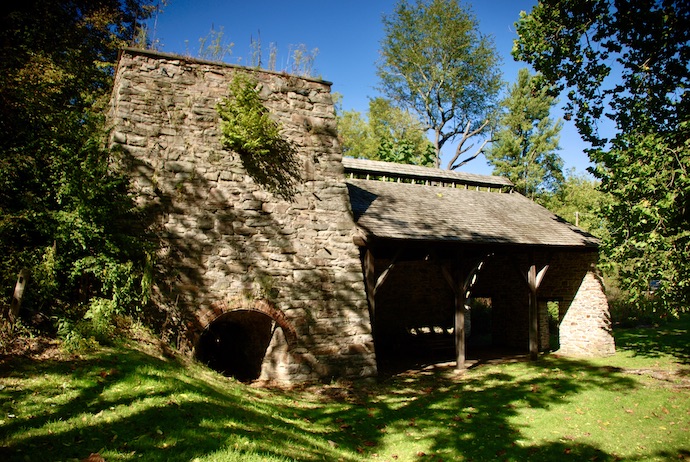
Goddard Space Flight Center, Greenbelt, Maryland 20771
ENGINEERING COLLOQUIUM
Monday, January 24, 2022 / Lecture starts at 3:30 PM On line
Elizabeth Comer
"We too are the village": Reparative heritage at Catoctin Furnace

Photo credit: Andrea Munk
Elizabeth Anderson Comer is an archaeologist who serves as the president of the Catoctin Furnace Historical Society, Inc. and president of EAC/Archaeology, Inc. Ms. Comer has successfully managed more than 350 archival, archaeological, and architectural projects. recordation. Ms. Comer graduated from Hood College with a B.A. in history and political science, and received her master's degree from the University of Kansas in anthropology with a specialization in archaeology. She is currently completing her Ph.D. at the University of Maryland in American Studies with a concentration in archaeology. She has also studied at the University of London. As City Archaeologist for the City of Baltimore, she directed and managed the archaeological department for the city. Ms. Comer has given many presentations about the ongoing research at Catoctin Furnace including X-Ray Fluorescence (XRF), LIDAR, archaeology, oral history, historic clothing research, and historic foodways.
With Ms. Comer's leadership, the Catoctin Furnace Historical Society has restored buildings, built an interpretative trail for the African-American cemetery, bought the ca. 1820 Miller House as headquarters for the "Furnace Fellows", and carried out bio archaeological research on the population. She edited Catoctin Furnace: Portrait of an Iron-Making Village (History Press 2013), a social, economic, and technical history of the Furnace.
Ms. Comer is co-principal investigator with the Smithsonian Institution on a joint research project, which aims at increasing public awareness of the role of enslaved African Americans in the iron industry. The project focuses on the remains of thirty-five individuals from the Catoctin Furnace slave cemetery. There is no descendent community that traces its roots to these early workers and this project includes renewed efforts to learn more about these poorly documented early laborers, and to connect the past with the present through increased heritage tourism to the site. The project's first phase involved updated forensic analyses of the human remains from the cemetery including reassessments of demography and pathology, carbon and nitrogen stable isotope studies, heavy metals analysis, and comparison to Mid-Atlantic historic and anatomical reference collections
DNA analysis is giving the project information about the individuals in the cemetery, including which individuals were related to other individuals, where their ancestors came from, and what present-day populations they may be related to. The DNA analysis is being carried out with the collaboration of the Smithsonian Institution, the Reich Laboratory of Medical and Population Genetics at Harvard University, and 23and Me, Inc.
Colloquium Committee Sponsor: Brent Warner, NASA-GSFC, 301/286-8568
Next Week: "Let's Colonize Titan!", Amanda Hendrix, Planetary Science Institute
Engineering Colloquium home page: https://ecolloq.gsfc.nasa.gov